When
Astronomy Day 2023
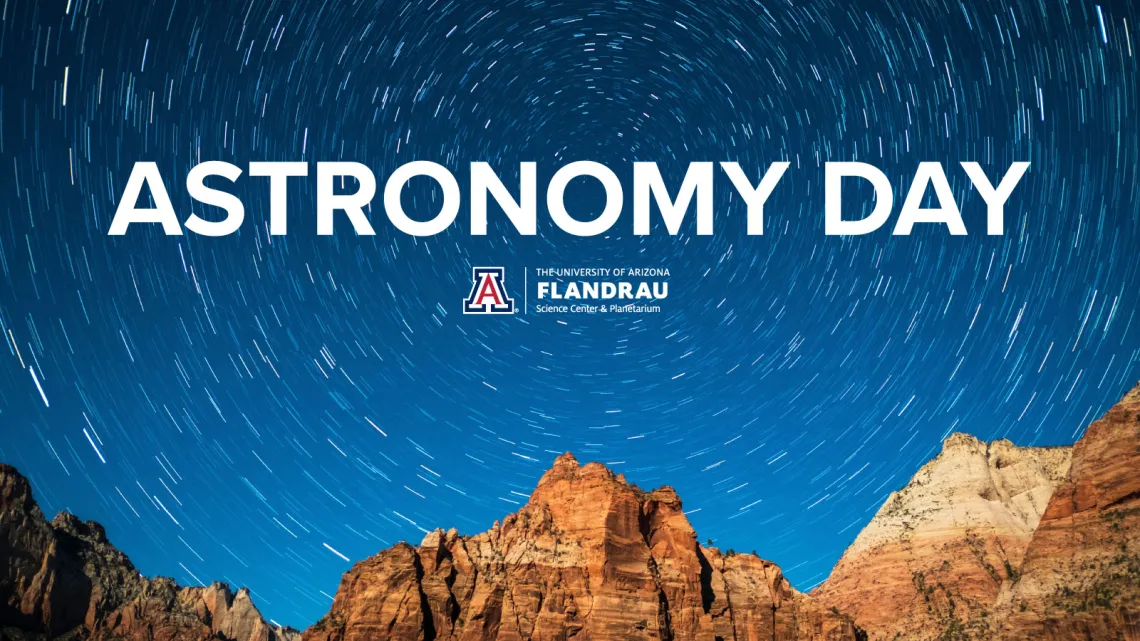
Saturday, April 29
6:00 to 10:00PM
1601 E University Blvd.
Free and ticketed activities
Join us for a community event at Flandrau Science Center & Planetarium featuring astronomy presentations, a debut planetarium screening, astronomy project displays from University of Arizona Music and the Cosmos first-year honors seminar, family activities, NSF's NOIRLab, UArizona Astronomy Club, and telescopes on the UA Mall in celebration of Astronomy Day in Tucson.

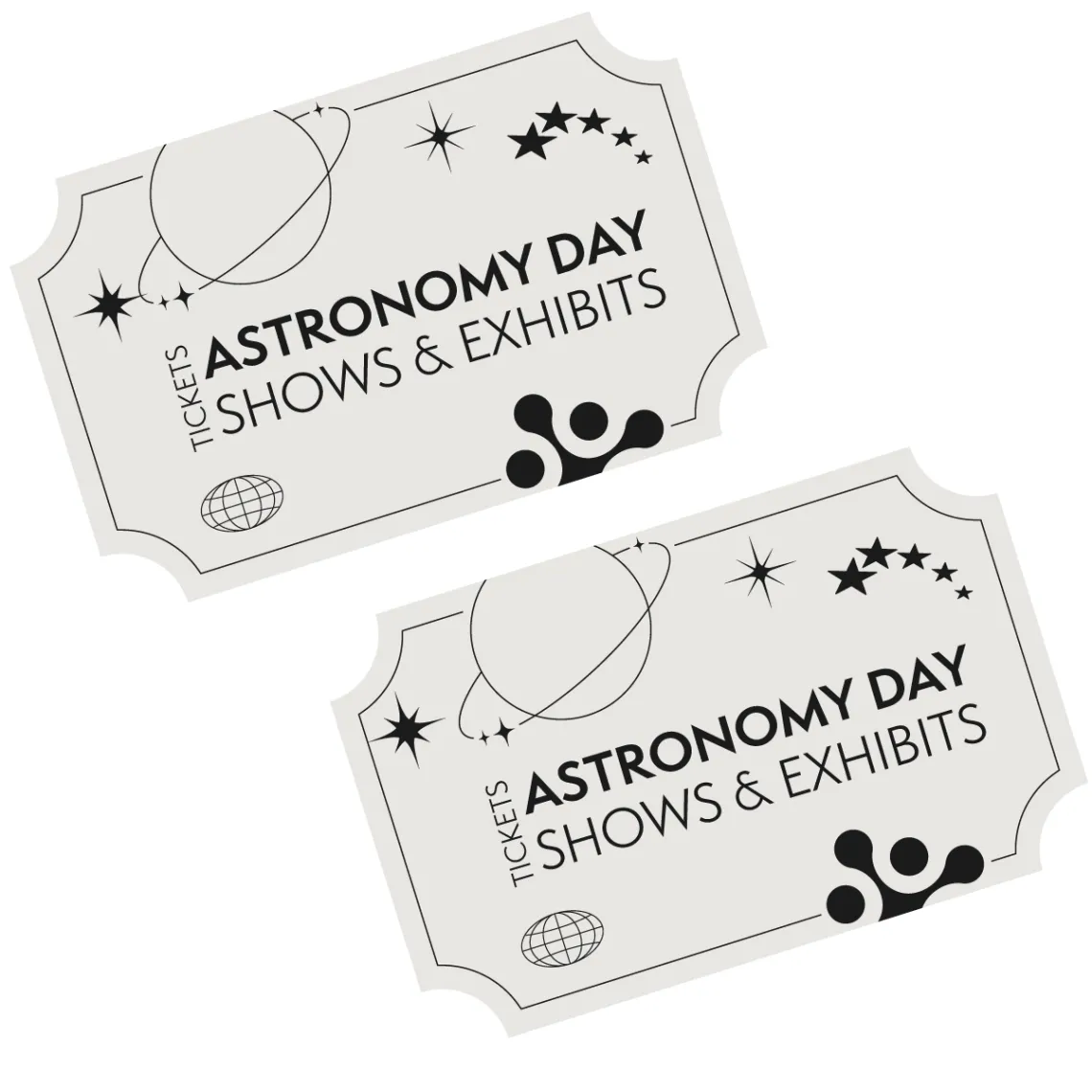
Each ticket is per person and includes access to any or all of the following:
- Guarantee a seat to all shows!
- Admission to all Science Center exhibits
- 6:30PM Planetarium Lecture - "Black Holes: Seeing the Unseeable" with Sam Gralla
- 8:00PM Planetarium Show - "Big Astronomy" (Tucson debut)
- 9:00PM Planetarium Show - "Black Holes: The Other Side of Infinity"
A $40 value!
Regular Rate: $20
Flandrau Member Rate: $15
Single item $5 tickets are available day-of the event at Flandrau's ticket desk. Single item tickets available for exhibit admission and/or planetarium shows and talks are dependent on seating availability. Seating for each show is limited.
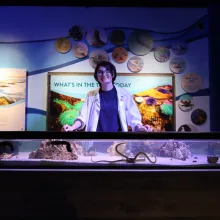
From the edges of our solar system to the depths of Earth's oceans, Flandrau's science exhibits reveal the marvels of the universe.
Included in the all inclusive ticket
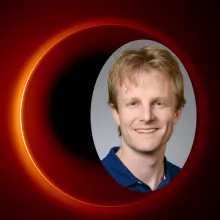
Black holes emit no light of their own and absorb everything that crosses their event horizon. But they are not invisible, and thanks to some spectacular breakthroughs of recent years, now we can see them. I will tell the remarkable story of black hole imaging and explain the science in simple terms: What are we looking at in a black hole image, and what do we learn from it? I will also describe the exciting future of this new field, with new telescopes and space missions set to probe black holes in finer detail than ever before, putting our understanding of gravity to the ultimate test.
About SAM GRALLA, Associate Professor of Physics, University of Arizona - Sam Gralla works in gravitational physics at the intersection of theory and experiment, with an emphasis on black holes. He is widely regarded as an effective public speaker, with his recorded lectures receiving hundreds of thousands of views online.
Included in the all inclusive ticket

- Once the sun goes down, join representatives from the TAAA and the UArizona Astronomy Club on the mall to peer through telescopes at the heavens.
- Matthew Mugmon presents: Music and the Cosmos posters and playlists on the Mall (learn more below)
FREE AND OPEN TO THE PUBLIC
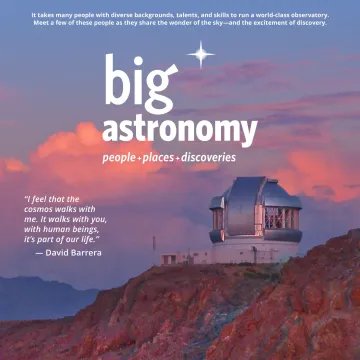
Big Astronomy shares the story of the people and places who make big astronomy and big science happen. The planetarium show transports viewers to Chile where the dark skies and dry, remote setting create ideal conditions to observe the Universe. By 2022, it is expected that most of the world’s ground-based observing infrastructure will be located in Chile, and the US and other countries are investing billions of dollars in furthering astronomy partnerships in the country. Big Astronomy introduces audiences to a wide variety of people involved in advancing astronomical discovery.
Included in the all inclusive ticket

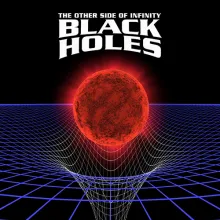
Seen by millions worldwide, Black Holes: the Other Side of Infinity is one of the most popular fulldome shows ever produced.
Narrated by Academy-Award nominated actor Liam Neeson, this cutting-edge production features high-resolution visualizations of cosmic phenomena, working with data generated by supercomputer simulations, to bring the current science of black holes to the dome screen. Be dazzled by striking, immersive animations of the formation of the early universe, star birth and death, the collision of giant galaxies, and a simulated flight to a super-massive black hole lurking at the center of our own Milky Way Galaxy.
Produced by Thomas Lucas Productions and Denver Museum of Nature & Science.
Included in the all inclusive ticket
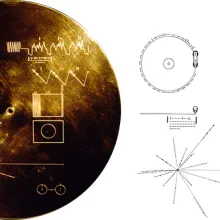
Posters: The world beyond planet Earth has long captured the imaginations of creative artists in music, and the students in the Music and the Cosmos first-year honors seminar have developed posters that explore — through a variety of images and discussions — the ways in which musical thinkers and creators, and their audiences and communities, have evoked or drawn on ideas about stars, skies, planets, galaxies, and other aspects of the cosmos across musical traditions and in many genres.
- Moon Rocks! Music and its Lunar Inspirations
- The Science and Soundtrack of the Space Race
- Sounds of Space on Screen
- Planetary Music: The Sounds of Love and War
- Extraterritorial Sounds: Music About the Beyond.
On the Mall: Each poster topic is also associated with a specially curated annotated playlist. Attendees are invited to access the playlists via QR codes through their personal listening devices and explore these soundtracks as they observe — or think about — the night sky.
FREE AND OPEN TO THE PUBLIC
Connect to the Cosmos
Celebrate Astronomy Day in Tucson at the University of Arizona with an array of activities and educational opportunities.

